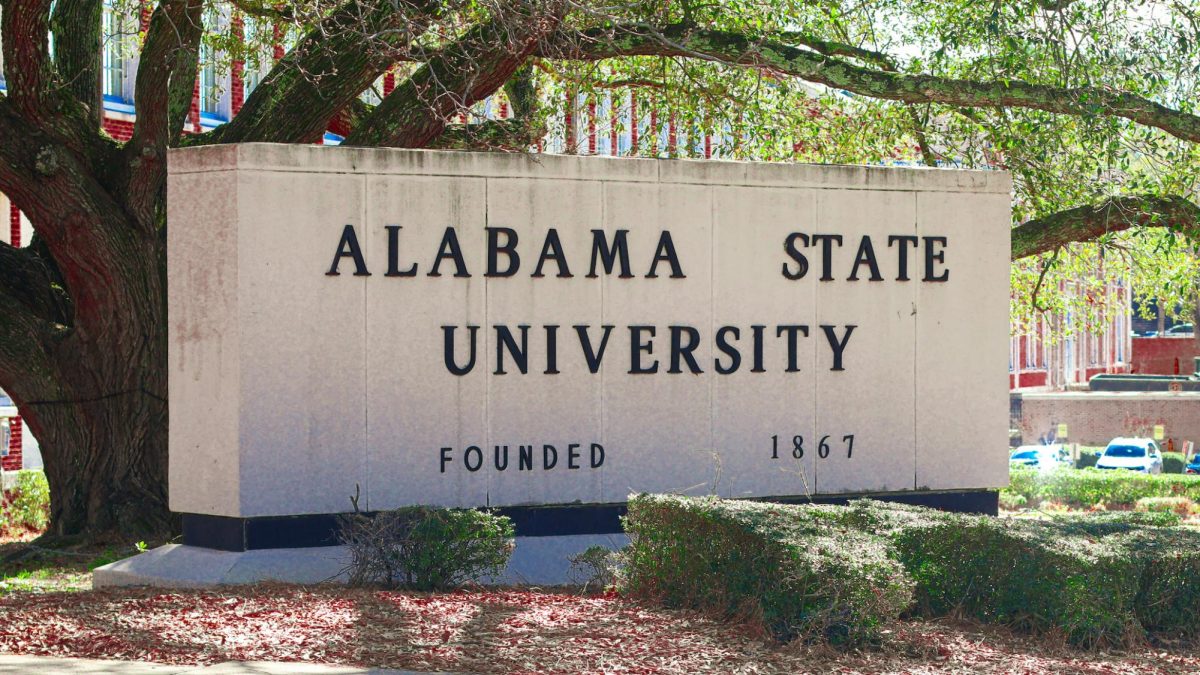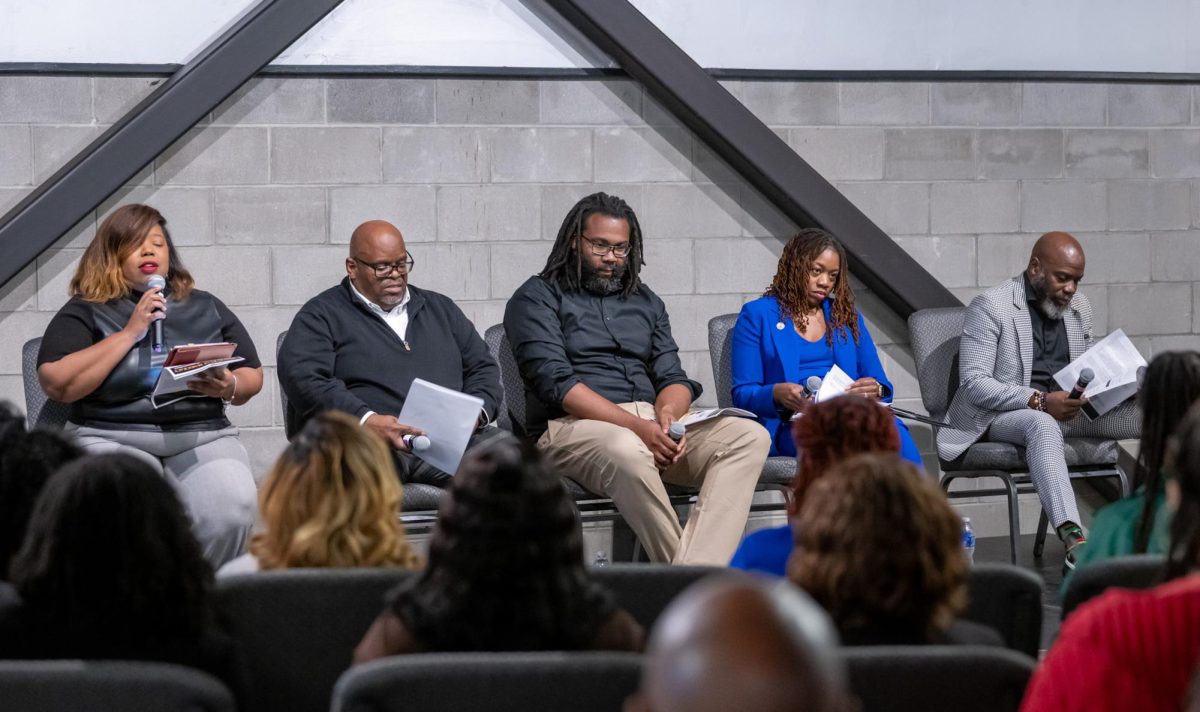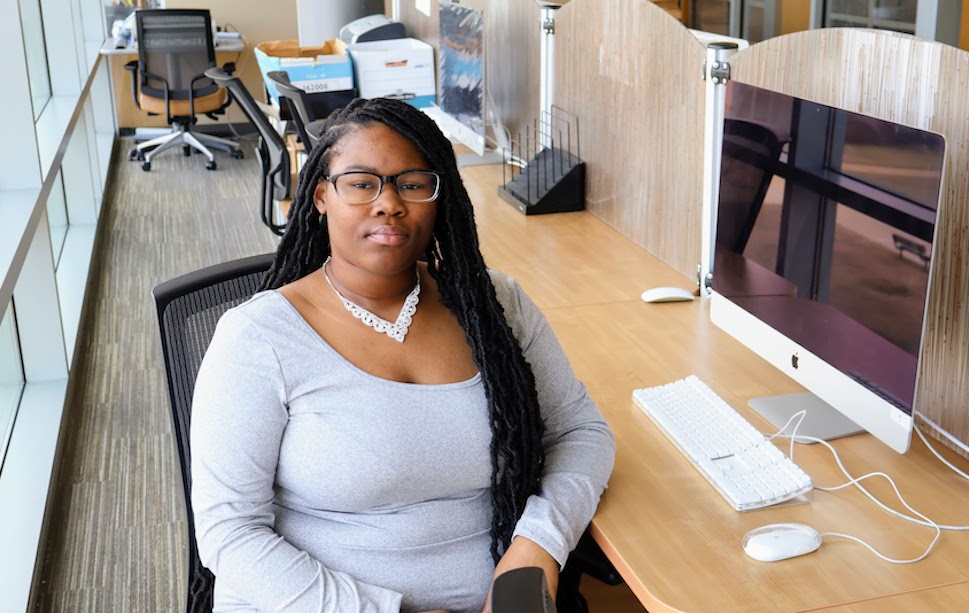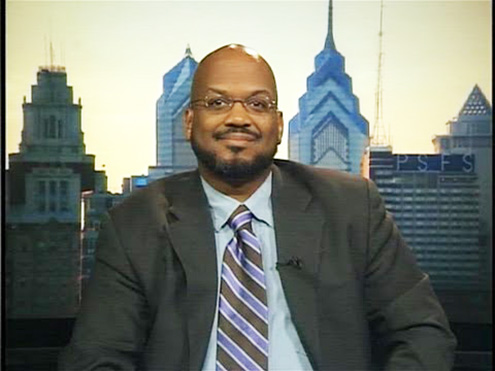Another mass shooting has shaken the nation, but no one is really surprised. Once again, we mourn, we rally and we demand change, but beneath the horror lies a dark truth. America is the only nation where such an event feels disturbingly inevitable. Schools across the country have implemented active shooter drills starting as early as elementary school, preparing children for a threat that has become a daily fear in their lives.
Children as young as five or six years old are being trained to hide, barricade doors and stay quiet if a shooter enters their school. These drills, which are meant to keep them safe, normalize a reality that should never exist in the first place. No other developed nation requires such measures for its children. America stands alone in this grim necessity.
In response to the latest tragedy in Georgia, the debate on school safety will undoubtedly be reignited. Once again, some will suggest that arming teachers could serve as a deterrent to such violence. Yet, this idea is deeply flawed and must be addressed head-on.
There are numerous reasons why arming teachers is a bad idea. First and foremost, teachers are educators, not law enforcement officers. They have not been trained to react in a high-stress, chaotic environment of an active shooter situation.
The presence of guns in classrooms introduces a dangerous “Yosemite Sam” shootout mentality. It is an unrealistic fantasy where teachers, suddenly transformed into sharpshooters, take down armed intruders with ease. This vision is nothing short of absurd. Real life does not resemble action movies or cartoons, and arming teachers would only increase the chances of violence, not prevent it.
Firearms in schools escalate the risk of accidents and could make an already chaotic situation even worse. Teachers are not prepared to manage the split-second decisions that come with life-or-death scenarios. In such moments, the likelihood of misidentification or friendly fire is high. Furthermore, having more guns in a school setting increases the chance of theft or misuse by students, adding yet another layer of danger.
Beyond the logistical challenges, there is the moral and emotional toll. Teachers should be focused on educating and nurturing the next generation, not bearing the heavy responsibility of being armed protectors. Expecting them to serve as educators and security guards places an impossible burden on their shoulders. What happens if a teacher makes a tragic mistake in the heat of the moment? The legal and emotional consequences of such a scenario would be devastating for the individual and the entire school community.
The solution should not be to add more weapons into the environment but to address the root causes of gun violence. America’s children should not have to grow up in a world where active shooter drills are as routine as fire drills. Strengthening gun control, improving mental health resources and fostering safer communities must be the focus of the national conversation.
Arming teachers is a dangerous and simplistic response to a complex issue. It will only turn schools into potential battlegrounds, leaving students and teachers at greater risk. We must find better solutions, ones that protect our children and ensure their classrooms remain places of learning, not war zones. If we want to protect our children, we need to ensure that their classrooms are places of learning and safety, not battlegrounds for a war they never asked to fight.
This is why gun control is so necessary. It prevents these tragedies before they can get a chance to happen. Common-sense reforms, such as comprehensive background checks and banning military-style assault weapons must be a priority. These measures would significantly reduce the number of guns in circulation and limit access to firearms by those who should not have them. Countries with stricter gun control laws have far lower rates of gun violence, proving that these policies work. If we want to truly protect our children, we must start by creating legislation that makes it harder for dangerous individuals to obtain guns in the first place.
The U.S. has the highest rate of gun violence of any developed nation, with far more mass shootings and firearm-related deaths than countries with stricter gun control laws. This epidemic of violence has become a defining feature of American life, particularly in schools, where children are often the most vulnerable. Unless meaningful changes are made to the country’s gun laws, this grim reality is unlikely to improve. If we do not act now, we are essentially accepting that this cycle of violence will continue, and that is a future none of us should be willing to accept.












